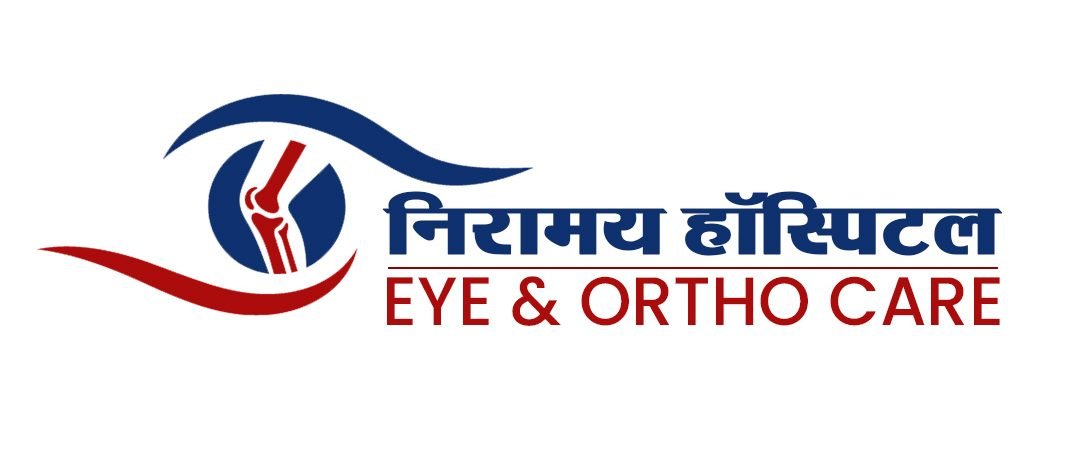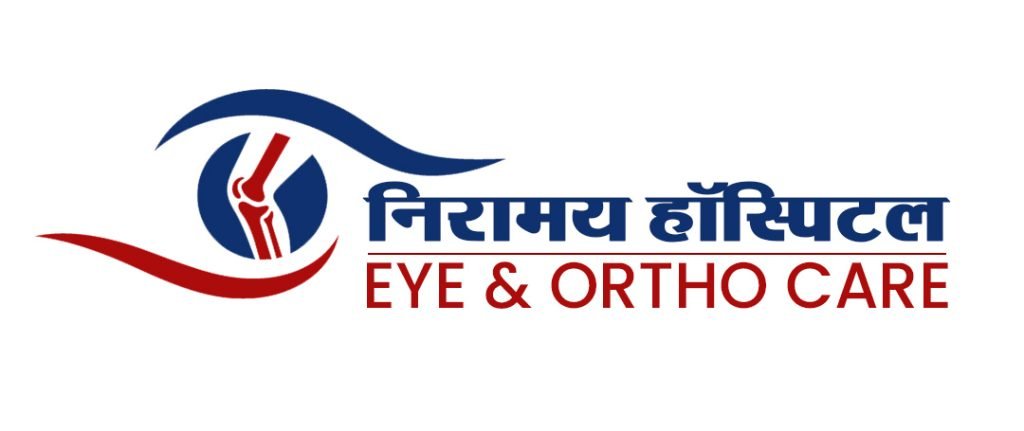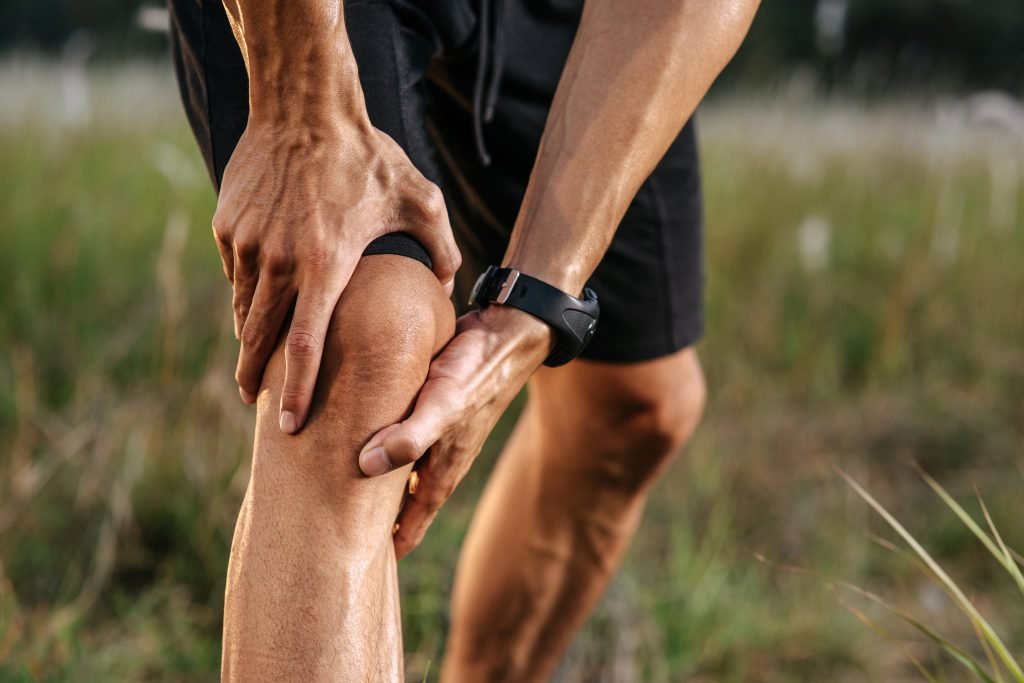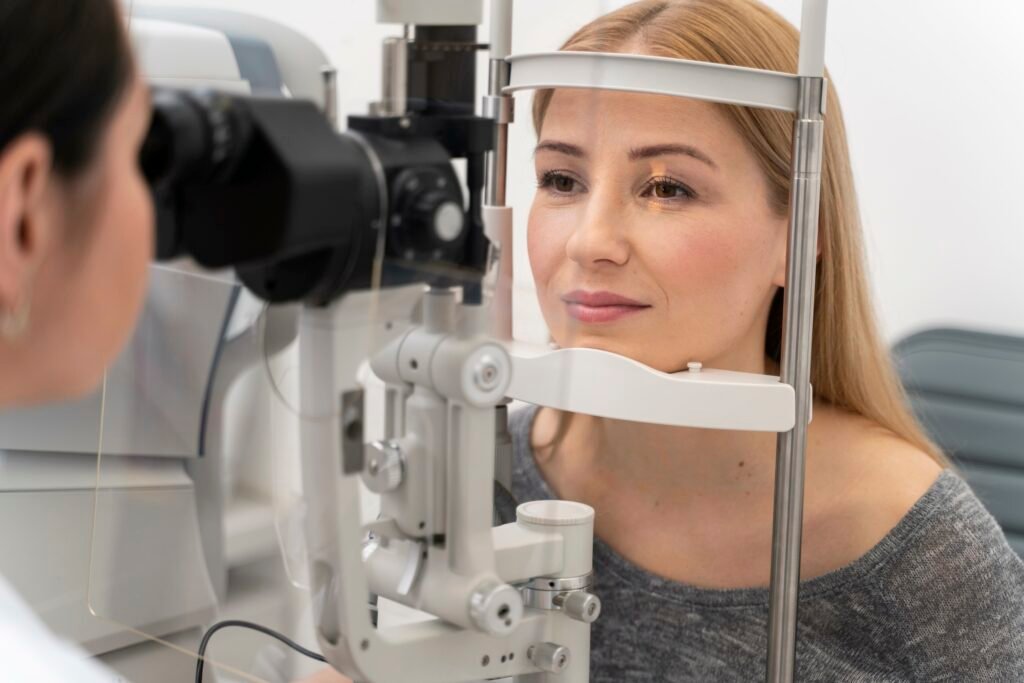Explanation of Ligaments and Tendons
Ligaments and tendons are essential components of your musculoskeletal system, enabling movement and providing stability. Though they often get mentioned together, they have distinct roles in how your body works.
What Are Ligaments?
Ligaments are strong, fibrous tissues that connect one bone to another, stabilising your joints. Imagine them as sturdy ropes that prevent excessive movement and keep your joints, like your knees, elbows, and shoulders, functioning smoothly. Without healthy ligaments, joints can become unstable, leading to painful and sometimes severe injuries.
For example, the Anterior Cruciate Ligament (ACL) in your knee is crucial for keeping the joint stable. A tear in this ligament can cause significant instability, making it difficult to walk or engage in physical activities.
What Are Tendons?
Tendons, on the other hand, connect muscles to bones. They’re responsible for transferring the force generated by muscles to bones, enabling movement. Think of tendons as the cables in a pulley system — without them, your muscles wouldn’t be able to move your bones.
For instance, the Achilles tendon connects the calf muscle to the heel bone, allowing you to run, jump, and walk. An injury to this tendon, such as a tear, can be debilitating, making even simple activities like walking excruciatingly painful.
Both ligaments and tendons play crucial roles in everyday movement, but because they serve different functions, their injuries behave differently. Now, let’s look at how they differ from one another.
Differences Between Ligaments and Tendons
While both ligaments and tendons are made of strong fibrous tissue, the key difference lies in what they connect and their role in your body.
- Ligaments: Connect bone to bone, stabilising joints and preventing excessive movement. They ensure that joints move correctly within their range of motion.
- Tendons: Connect muscle to bone, transmitting the force generated by muscles to move the bones.
Due to their distinct functions, the symptoms and treatment for torn ligaments and tendons can vary. A ligament injury often leads to joint instability, while a torn tendon results in difficulty moving the affected body part.
Understanding these differences is crucial in identifying and treating injuries properly. Misdiagnosing a tendon tear as a ligament injury, or vice versa, can delay proper treatment and worsen the damage.
Causes of Torn Ligaments and Tendons
Now that we understand the basic anatomy and function of ligaments and tendons, it’s important to explore how these crucial structures get injured. Torn ligaments and tendons can occur in various ways, but certain causes are more common than others.
Common Causes of Ligament Tears
Ligament tears often occur due to sudden movements or impacts. Sports activities, such as football, basketball, and skiing, are common culprits. High-impact injuries can overstretch the ligament, leading to a partial or complete tear.
- Sudden twists or impacts: Movements that force the joint beyond its normal range can tear the ligaments. For example, a sudden twist of the knee while playing football might tear the ACL.
- Falls and accidents: Slipping or falling awkwardly can put too much pressure on a ligament, causing it to snap.
- Overuse: Ligaments can also suffer small tears over time from repetitive stress, eventually leading to a significant injury.
Common Causes of Tendon Tears
Tendon tears often result from overuse or sudden, forceful movements. Athletes are at higher risk due to the repetitive strain they put on their tendons, but anyone can tear a tendon during a moment of intense physical exertion.
- Overuse injuries: Repeated movements, such as running or weightlifting, can cause small tears in the tendons, eventually leading to a complete rupture.
- Sudden forceful actions: A sudden, explosive movement — like jumping or sprinting — can tear tendons, especially if the muscles are not properly warmed up.
- Degeneration with age: As you get older, tendons become less flexible and more prone to injury, which means a simple task like lifting a heavy object can lead to a tear.
Whether from sports, accidents, or everyday activities, tears in both ligaments and tendons can be painful and debilitating. Now, let’s explore the symptoms of torn ligaments and tendons.
Symptoms of Torn Ligaments and Tendons
Torn ligaments and tendons often present similar symptoms, such as pain and swelling, but the location and nature of these symptoms can help differentiate between the two.
Signs of a Torn Ligament
- Pain: Severe, sharp pain at the site of the injury is common. The pain might be immediate or increase as you try to use the injured joint.
- Swelling: You may notice significant swelling around the injured area within hours of the injury.
- Joint instability: The joint might feel loose or unstable, and you may feel like the joint is “giving way” when you put weight on it.
- Reduced range of motion: A torn ligament often restricts how much you can move the affected joint.
Signs of a Torn Tendon
- Pain and tenderness: Pain is usually located at the site of the tendon and worsens when you try to use the affected muscle. For example, with a torn Achilles tendon, you’d feel pain at the back of your ankle.
- Weakness: You may find it difficult or impossible to move the affected body part. A torn tendon in your shoulder, for instance, could make it hard to lift your arm.
- Swelling and bruising: Like ligament injuries, tendon tears often cause swelling and sometimes bruising around the injury site.
- Deformity: In severe cases, a complete tendon tear might cause a noticeable deformity, such as a gap in the tissue where the tendon has torn.
If you notice any of these symptoms, it’s crucial to get a proper diagnosis to understand the severity of the injury.
Diagnosis of Torn Ligaments and Tendons
Getting an accurate diagnosis is critical when you suspect a torn ligament or tendon. Medical professionals, especially the best orthopedic doctors in Kota, can use a combination of physical examinations and imaging tests to confirm the injury and develop a treatment plan.
Physical Examination
An orthopedic doctor will start with a thorough physical examination. They’ll assess the injured area by checking for swelling, tenderness, and instability in the joint or affected body part. The doctor may ask you to perform specific movements to assess the severity of the injury.
Imaging Tests
To get a detailed view of the injury, doctors often use imaging tests. These include:
- X-rays: While X-rays don’t show soft tissues like ligaments and tendons, they can rule out bone fractures that may accompany soft tissue injuries.
- MRI scans: MRI (Magnetic Resonance Imaging) scans are the gold standard for diagnosing ligament and tendon injuries, providing detailed images of the soft tissues.
- Ultrasound: An ultrasound can help identify tears in tendons and is sometimes used in conjunction with an MRI for a more comprehensive view.
Once the injury is diagnosed, the next step is treatment. Let’s dive into the treatment options for torn ligaments and tendons.
Treatment Options for Torn Ligaments and Tendons
Treatment for torn ligaments and tendons can range from conservative approaches to surgical interventions, depending on the severity of the injury.
Conservative Treatments
For minor tears or partial injuries, conservative treatments might be enough to promote healing and restore function. These may include:
- Rest and immobilisation: Keeping the injured area immobilised with a brace or cast can help the torn tissue heal. Avoiding weight-bearing activities or strain on the joint or muscle is key.
- Physical therapy: A structured physical therapy programme can help strengthen the surrounding muscles, improve range of motion, and reduce pain.
- Medications: Over-the-counter pain relievers like ibuprofen or prescription anti-inflammatory drugs can reduce pain and swelling.
Surgical Interventions
For more severe injuries, surgery may be necessary. This is often the case for complete tears, where the ligament or tendon has been fully ruptured and cannot heal on its own.
- Ligament reconstruction: In cases like a torn ACL, surgery might involve reconstructing the ligament using a tendon from another part of the body or a donor.
- Tendon repair: Tendon tears, especially in the Achilles or rotator cuff, often require surgical stitching or reattachment to restore full function.
Can Torn Ligaments and Tendons Heal on Their Own?
One of the most common questions people have after a ligament or tendon injury is whether it will heal on its own. The answer depends on several factors, including the severity of the tear, your age, overall health, and activity level.
Factors Influencing Natural Healing
- Severity of the tear: Partial tears may heal on their own with proper rest and rehabilitation. However, complete tears often require surgery.
- Blood supply: Ligaments and tendons generally have a poor blood supply, meaning they take longer to heal than muscles or other tissues. In some cases, this poor blood supply makes it impossible for the tissue to fully heal without intervention.
- Age and health: Younger, healthier individuals tend to heal faster than older adults or those with pre-existing health conditions like diabetes, which can impair tissue healing.
Risks of Untreated Ligament or Tendon Tears
Leaving a torn ligament or tendon untreated can lead to chronic pain, joint instability, and reduced function. Over time, compensating for the injury may cause additional strain on other joints and muscles, leading to further complications. It’s crucial to consult an orthopaedic doctor in Kota if you suspect a tear to prevent long-term damage.
Rehabilitation and Prevention Strategies
After treatment, rehabilitation is vital to ensure proper recovery and avoid re-injury.
Importance of Rehabilitation
Physical therapy helps rebuild strength, flexibility, and mobility. Rehabilitation exercises gradually restore the range of motion and strengthen the muscles around the injured area, helping to prevent further damage.
Tips for Preventing Ligament and Tendon Injuries
- Warm-up and stretch: Always warm up before physical activity to increase blood flow to your muscles and tendons, reducing the risk of injury.
- Strengthen muscles: A regular strength-training programme can help protect your ligaments and tendons by stabilising your joints and improving flexibility.
- Use proper technique: Whether lifting weights or running, make sure you use the correct form to avoid putting undue stress on your ligaments and tendons.
Conclusion
Torn ligaments and tendons are common injuries that can significantly affect your mobility and quality of life. While some minor tears may heal on their own with rest and rehabilitation, more severe injuries often require medical intervention. Understanding the symptoms, seeking prompt diagnosis, and getting the right treatment from a trusted orthopedic doctor in Kota can make all the difference in your recovery.
If you suspect you’ve torn a ligament or tendon, don’t wait — consult the best orthopedic doctor in Kota, Rajasthan to ensure a proper diagnosis and treatment plan tailored to your needs.






